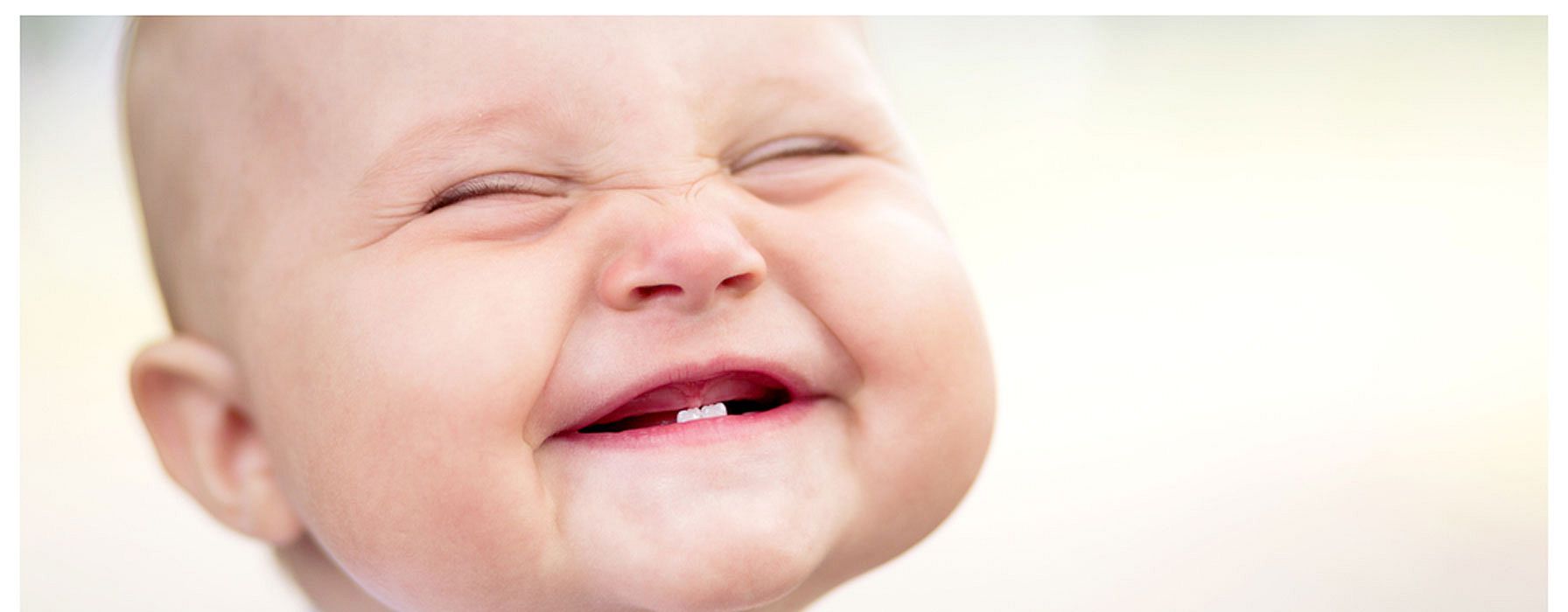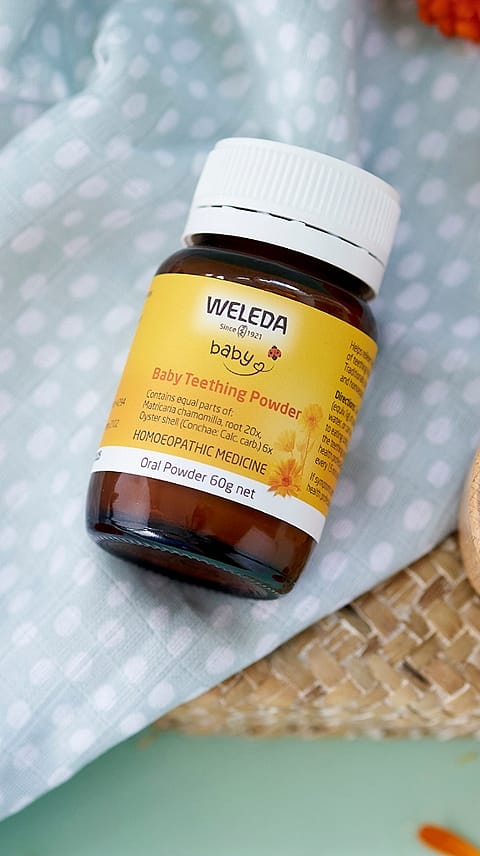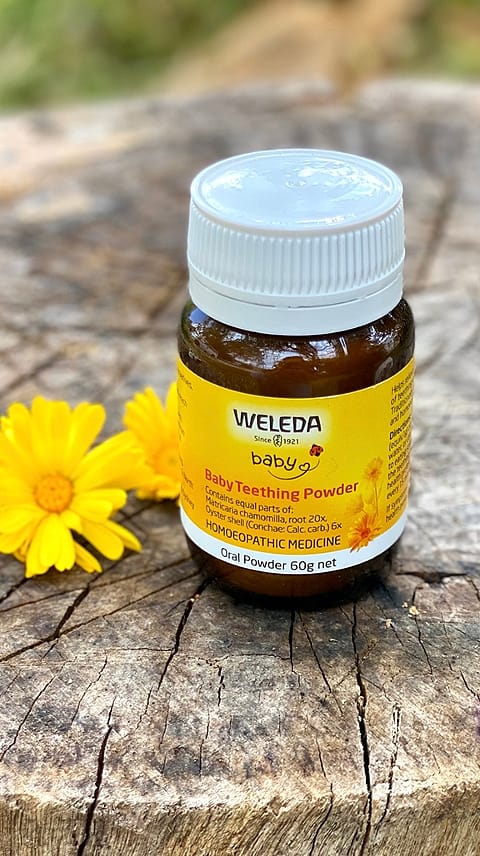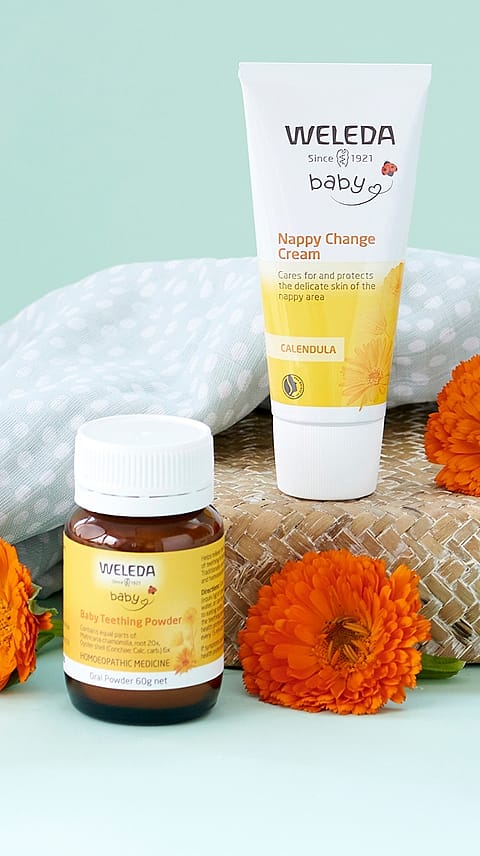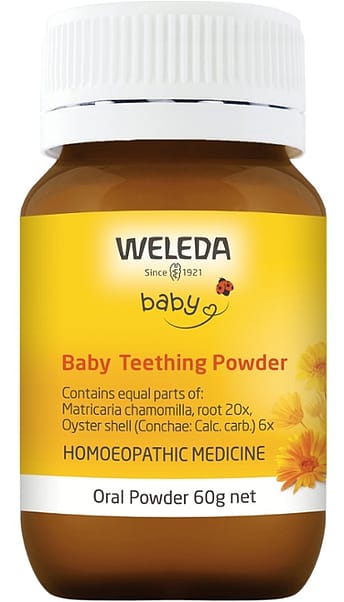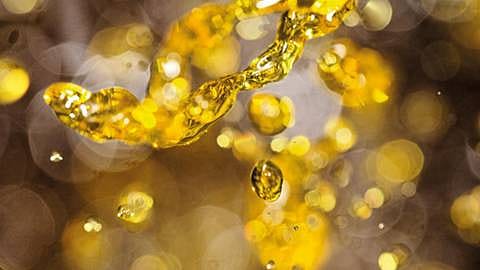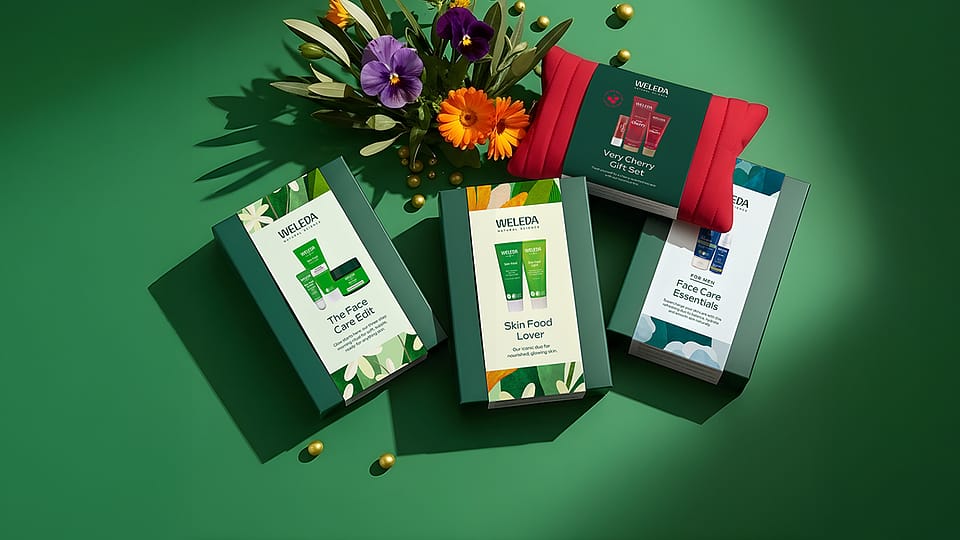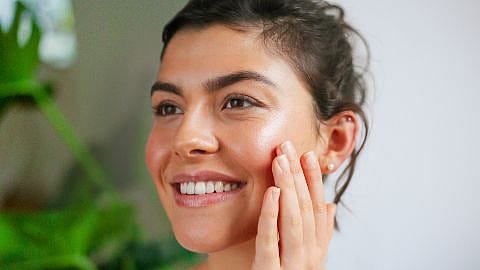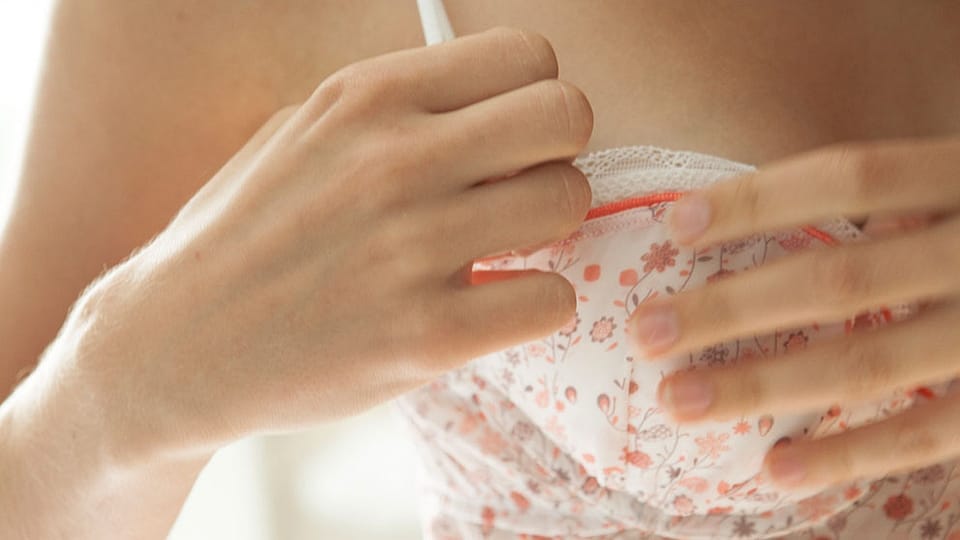How to use Baby Teething Powder
Here we answer your most frequently asked questions about how to use our best-selling oral powder.
Q. When should I start using Baby Teething Powder?
A. Baby Teething Powder can be given from the first signs of teething symptoms experienced by your baby. Baby teething symptoms will vary per baby and generally include one or more symptoms such as irritability, red cheeks, or drooling.
Q. Is there a minimum age to use Baby Teething Powder?
A. No, there is no minimum age. You can safely give the powder to any baby or child.
Q. How do I use Baby Teething Powder?
A. Baby Teething Powder can be made into a liquid, paste or given straight as a powder to babies and children. It’s easy to use once you get the hang of it!
- To make a liquid, mix ¼ of a levelled-off 5 mL metric measuring spoon of powder (approximately 1g) to one teaspoon (5ml) of warm water and give to your baby off the spoon. It could also be given with a dropper. The powder does not have to fully dissolved before giving it to a baby.
- To make a paste, mix ¼ of a levelled-off 5 mL metric measuring spoon of powder (approximately 1g) to a few drops of warm water to create a paste and give to your baby off the spoon or onto their gums using a clean finger.
- To give straight as powder babies and children should be eating solid foods. You can either use a teaspoon or apply the powder directly to the gums using a clean finger.
Tempted to dip your finger into the jar? We recommend you don’t as this could introduce unwanted microorganisms. Always use a teaspoon to get the powder out of the jar.
Q. What is a ¼ teaspoon of Baby Teething Powder?
A. The quarter teaspoon is dipping the 5ml teaspoon in the jar, scraping excess with a knife and then dividing that into quarters. The ¼ of a levelled-off 5 mL metric measuring spoon is a guide, it’s safe even if a little more is given.
Q. How often can I give Baby Teething Powder?
A. We recommend 3 to 4 times daily throughout the period of teething. You may find when teeth are erupting your baby may need more support and daily dosage can be increased to 6 doses a day, intervals of 15 minutes. Once the pain subsides, reduce back to 4 does per day. The frequency of dosage depends on the pain level of each individual baby or child. If symptoms persist, consult your health professional.
Q. Is the product effective if baby swallow it, rather than rubbing it on their gums?
A. Yes, that is how the product is intended to be taken. Your baby may get faster relief if there is direct contact with the gums.
Q. Is it essential to mix the dose of Baby Teething Powder with 5ml of water?
A. It doesn’t matter how much water so long as the amount of powder, 1gm (equiv. to ¼ of a levelled-off 5 mL metric measuring spoon) is correct and the recommended dosage has been taken. The powder will still have the same effect. You don’t need to use a whole teaspoon of water it can be more like a paste depending on the easiest way to administer it to your baby/child.
Q. Can I mix Baby Teething Powder directly into baby’s bottle with their formula or breast milk?
A. No, we do not suggest adding Baby Teething Powder to a whole bottle of milk. It is best to give the powder with a teaspoon in a little water. That way you know they have taken the dose.
Q. Can I mix Baby Teething Powder with food?
A. No, the Baby Teething Powder is not designed to go into solid food. We recommend adding it to either water in a teaspoon. Keep in mind the powder will not fully dissolve when mixed with a liquid.
Q. What are the side effects if I give more than directed of the Baby Teething Powder?
A. The Baby Teething Powder is gentle and safe as it is a homoeopathic formulation. What could happen is that your baby may get an upset tummy if you accidentally "overdose".
Q. Can I make a mix and store it to use later?
A. We do not recommend pre-mixing or storing made-up medicine. We recommend that you make each dose as your baby needs it.
Q. What ingredients are contained in Baby Teething Powder?
A. All the ingredients in our Baby Teething Powder are listed on the bottle and on our product page.
Baby Teething Powder contains the following ingredients:
- Lactose: Lactose is a disaccharide (sugar) that is produced in mammalian milk (including human breastmilk). We derive our lactose from cow’s milk and use it as a carrier and preservative.
- Matricaria Chamomilla, root 20x: A highly diluted extract of chamomile root. Chamomile is traditionally used to calm the nervous system.
- Oyster shell (Conchae: Calc. carb.) 6x: A highly diluted extract of oyster shell which is made up of calcium carbonate (CaCO3). Calcium carbonate is often used in calcium nutritional supplements.
We are governed by the Australian Therapeutic Goods Administration (TGA) who ensure that all herbal and homoeopathic products sold in Australia are safe for human consumption.
Q. Why does Baby Teething Powder contain lactose?
A. Weleda uses lactose as the carrier and preservative for our homoeopathic medicines such as the Baby Teething Powder. Because lactose is the most abundant macronutrient in human breast milk it is generally very well tolerated by babies. If children become lactose intolerant, it usually only happens after the age of 3. Baby Teething Powder contains 90% lactose.
Sometimes babies also develop temporary lactose intolerance from disturbances like gut infections or food allergies and very rarely, babies are born with congenital lactase deficiency, which is a very serious disorder because it means that the baby can’t digest human breast milk and needs a special diet from birth.
If your baby has been diagnosed as lactose intolerant by your doctor, we recommend our other teething product that is lactose-free - Chamomilla Rad. 20x Teething Drops, 30ml. You can purchase it from the Weleda NZ website.
Q. What does Oyster shell (Conchae: Calc. carb.) mean in the ingredients of Baby Teething Powder?
A. We use oyster shell which consists of calcium carbonate (chalk). Homoeopathic calcium carbonate (Calc-carb) is traditionally used to soothe painful and difficult teething.
if you are concerned of allergies, studies show that children who are allergic to the proteins contained in the shellfish animal e.g., the oyster flesh are generally not allergic to the actual shell. It’s the same when children are allergic to eggs. They are allergic to the proteins in egg, not the eggshell. And eggshells also consist of calcium carbonate.
Also remember that we use homoeopathic concentrations which means that the original material is extremely diluted, which makes it safer.
Q. Does Baby Teething Powder contain cow’s milk protein (CMP)?
A. No, Baby Teething Powder contains lactose. Lactose is not cow’s milk protein. It is the natural sugar found in milk (and in human breast milk). Our lactose is highly purified and the allergenic components (proteins) in cow’s milk are removed or denatured during processing.
Q. Does Baby Teething Powder cause damages or tooth decay?
A. Cavities and tooth decay can develop when the enamel of the teeth is damaged by common bacteria living in our mouths. The bacteria feed on sugary substances left behind from what we eat and drink.
Even though Baby Teething Powder contains lactose, which is a type of sugar, the amount of lactose in each dose is very small. But as with all food as soon as your child's teeth start to show it is important to regularly clean them. Developing good dental habits by brushing baby's teeth twice a day with a small soft brush will help safeguard against decay.
In addition, encourage your child to drink water after food, which helps to wash and cleanse their mouth. Also, it is important to avoid consumption of sugary drinks and foods, and excessive fruit or fruit juice intake as these are heavily linked to tooth decay in young children.
